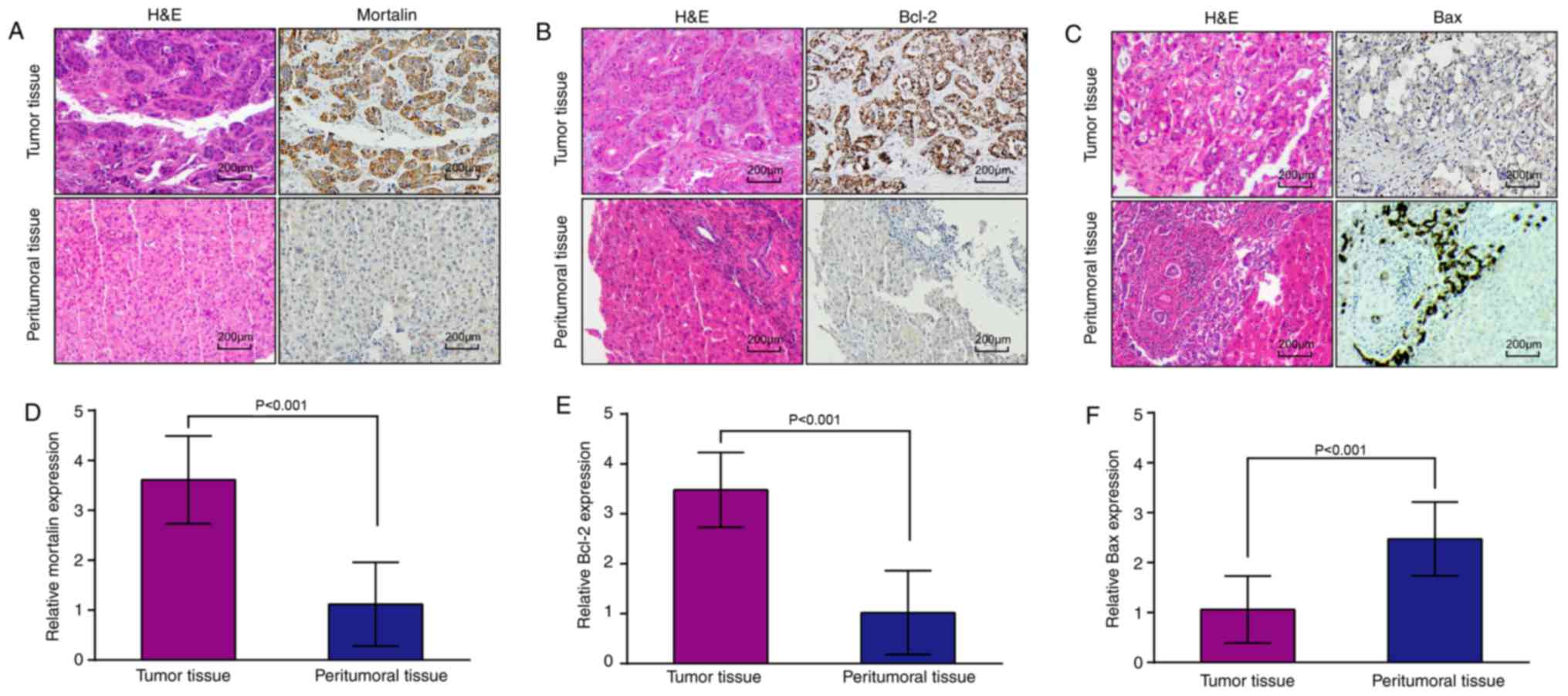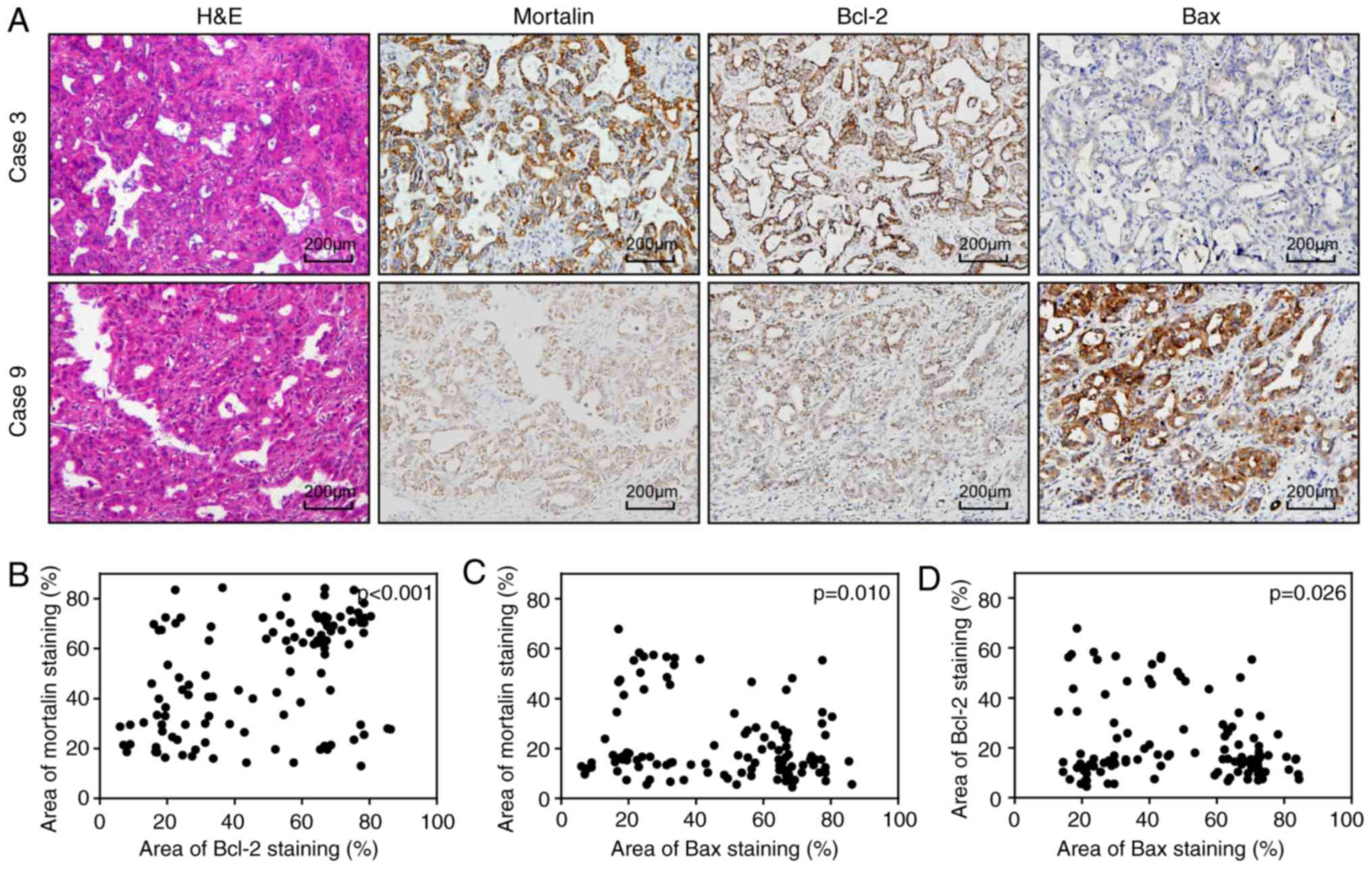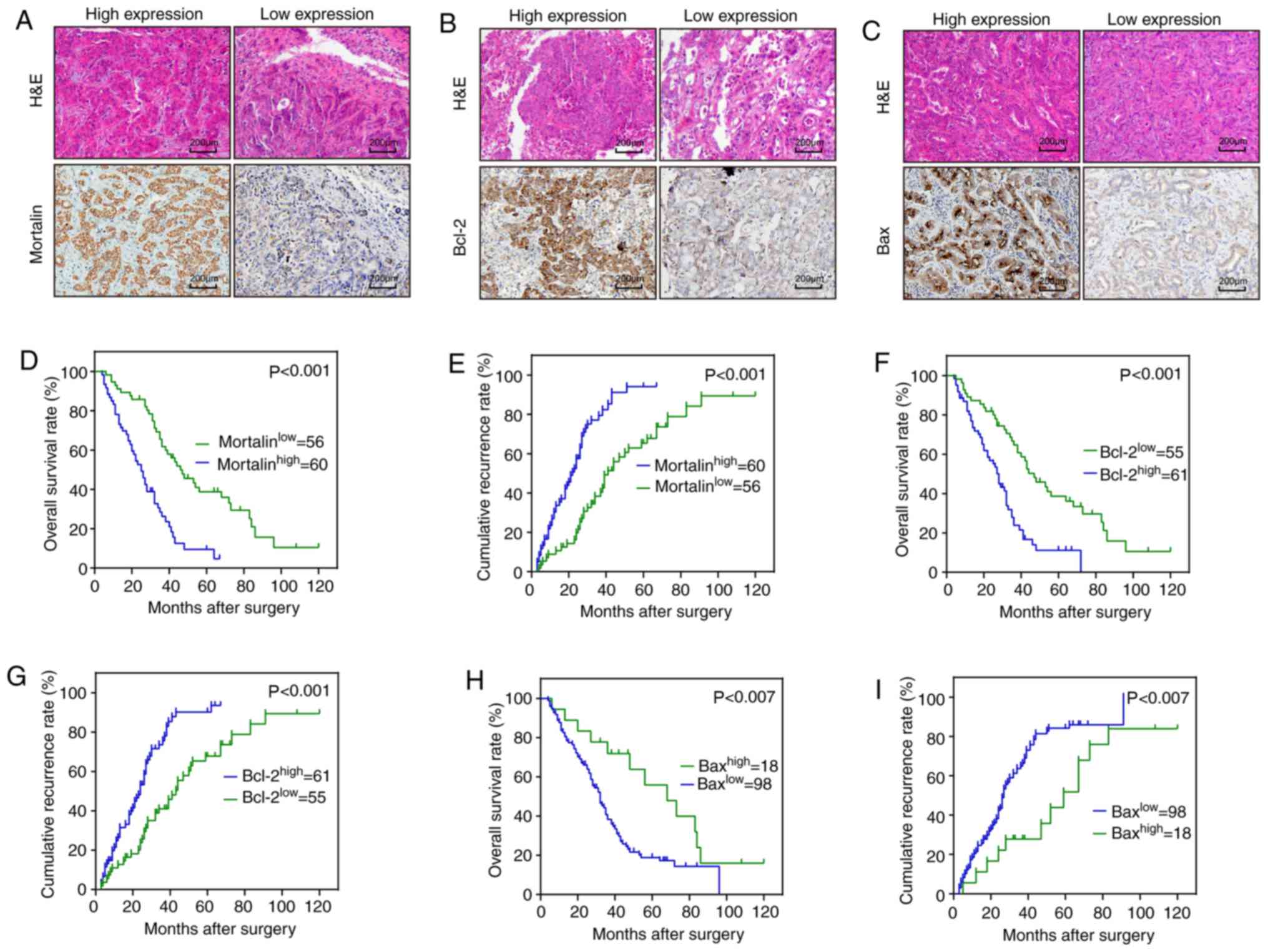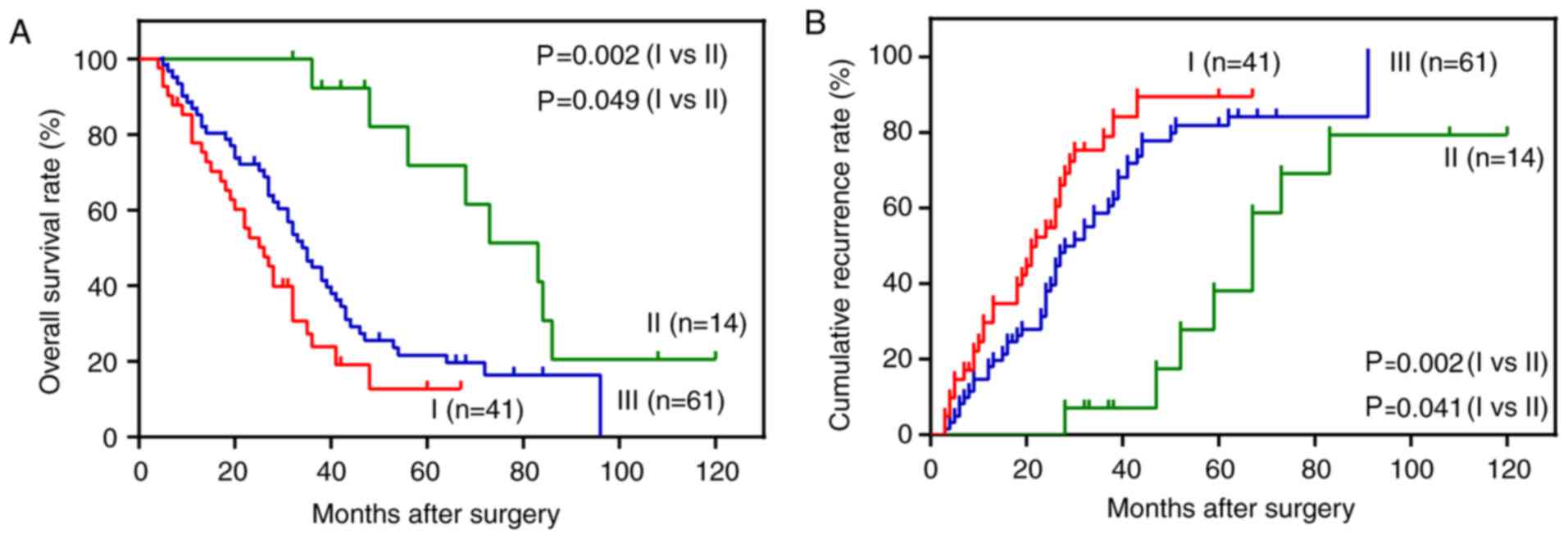|
1
|
Rahnemai-Azar AA, Weisbrod AB, Dillhoff M,
Schmidt C and Pawlik TM: Intrahepatic cholangiocarcinoma: Current
management and emerging therapies. Expert Rev Gastroenterol
Hepatol. 11:439–449. 2017. View Article : Google Scholar : PubMed/NCBI
|
|
2
|
Lubezky N, Facciuto M, Harimoto N,
Schwartz ME and Florman SS: Surgical treatment of intrahepatic
cholangiocarcinoma in the USA. J Hepatobiliary Pancreat Sci.
22:124–130. 2015. View
Article : Google Scholar : PubMed/NCBI
|
|
3
|
Yamashita S, Koay EJ, Passot G, Shroff R,
Raghav KP, Conrad C, Chun YS, Aloia TA, Tao R, Kaseb A, et al:
Local therapy reduces the risk of liver failure and improves
survival in patients with intrahepatic cholangiocarcinoma: A
comprehensive analysis of 362 consecutive patients. Cancer.
123:1354–1362. 2017. View Article : Google Scholar : PubMed/NCBI
|
|
4
|
Buettner S, van Vugt JL, IJzermans JN and
Koerkamp B Groot: Intrahepatic cholangiocarcinoma: Current
perspectives. Onco Targets Ther. 10:1131–1142. 2017. View Article : Google Scholar : PubMed/NCBI
|
|
5
|
Zhang H, Yang T, Wu M and Shen F:
Intrahepatic cholangiocarcinoma: Epidemiology, risk factors,
diagnosis and surgical management. Cancer Lett. 379:198–205. 2016.
View Article : Google Scholar : PubMed/NCBI
|
|
6
|
Oliveira DV, Zhang S, Chen X, Calvisi DF
and Andersen JB: Molecular profiling of intrahepatic
cholangiocarcinoma: The search for new therapeutic targets. Expert
Rev Gastroenterol Hepatol. 11:349–356. 2017. View Article : Google Scholar : PubMed/NCBI
|
|
7
|
Si A, Li J, Xing X, Lei Z, Xia Y, Yan Z,
Wang K, Shi L and Shen F: Effectiveness of repeat hepatic resection
for patients with recurrent intrahepatic cholangiocarcinoma:
Factors associated with long-term outcomes. Surgery. 161:897–908.
2017. View Article : Google Scholar : PubMed/NCBI
|
|
8
|
Reed JC: Bcl-2 and the regulation of
programmed cell death. J Cell Biol. 124:1–6. 1994. View Article : Google Scholar : PubMed/NCBI
|
|
9
|
Hatok J and Racay P: Bcl-2 family
proteins: Master regulators of cell survival. Biomol Concepts.
7:259–270. 2016. View Article : Google Scholar : PubMed/NCBI
|
|
10
|
Thomas S, Quinn BA, Das SK, Dash R, Emdad
L, Dasgupta S, Wang XY, Dent P, Reed JC, Pellecchia M, et al:
Targeting the Bcl-2 family for cancer therapy. Expert Opin Ther
Targets. 17:61–75. 2013. View Article : Google Scholar : PubMed/NCBI
|
|
11
|
Kelly PN and Strasser A: The role of Bcl-2
and its pro-survival relatives in tumourigenesis and cancer
therapy. Cell Death Differ. 18:1414–1424. 2011. View Article : Google Scholar : PubMed/NCBI
|
|
12
|
Ermiah E, Buhmeida A, Khaled BR, Abdalla
F, Salem N, Pyrhönen S and Collan Y: Prognostic value of bcl-2
expression among women with breast cancer in Libya. Tumour Biol.
34:1569–1578. 2013. View Article : Google Scholar : PubMed/NCBI
|
|
13
|
Casneuf VF, Fonteyne P, Van Damme N,
Demetter P, Pauwels P, de Hemptinne B, De Vos M, Van de Wiele C and
Peeters M: Expression of SGLT1, Bcl-2 and p53 in primary pancreatic
cancer related to survival. Cancer Invest. 26:852–859. 2008.
View Article : Google Scholar : PubMed/NCBI
|
|
14
|
Brady HJ and Gil-Gόmez G: Bax. The
pro-apoptotic Bcl-2 family member, Bax. Int J Biochem Cell Biol.
30:647–650. 1998. View Article : Google Scholar : PubMed/NCBI
|
|
15
|
Liu Z, Ding Y, Ye N, Wild C, Chen H and
Zhou J: Direct activation of bax protein for cancer therapy. Med
Res Rev. 36:313–341. 2016. View Article : Google Scholar : PubMed/NCBI
|
|
16
|
Gross A, Jockel J, Wei MC and Korsmeyer
SJ: Enforced dimerization of BAX results in its translocation,
mitochondrial dysfunction and apoptosis. EMBO J. 17:3878–3885.
1998. View Article : Google Scholar : PubMed/NCBI
|
|
17
|
Wadhwa R, Kaul SC, Ikawa Y and Sugimoto Y:
Identification of a novel member of mouse hsp70 family. Its
association with cellular mortal phenotype. J Biol Chem.
268:6615–6621. 1993.PubMed/NCBI
|
|
18
|
Kaul SC, Deocaris CC and Wadhwa R: Three
faces of mortalin: A housekeeper, guardian and killer. Exp
Gerontol. 42:263–274. 2007. View Article : Google Scholar : PubMed/NCBI
|
|
19
|
Wadhwa R, Yaguchi T, Hasan MK, Mitsui Y,
Reddel RR and Kaul SC: Hsp70 family member, mot-2/mthsp70/GRP75,
binds to the cytoplasmic sequestration domain of the p53 protein.
Exp Cell Res. 274:246–253. 2002. View Article : Google Scholar : PubMed/NCBI
|
|
20
|
Londono C, Osorio C, Gama V and Alzate O:
Mortalin, apoptosis, and neurodegeneration. Biomolecules.
2:143–164. 2012. View Article : Google Scholar : PubMed/NCBI
|
|
21
|
Saxena N, Katiyar SP, Liu Y, Grover A, Gao
R, Sundar D, Kaul SC and Wadhwa R: Molecular interactions of Bcl-2
and Bcl-xL with mortalin: Identification and functional
characterization. Biosci Rep. 33:e000732013. View Article : Google Scholar : PubMed/NCBI
|
|
22
|
Na Y, Kaul SC, Ryu J, Lee JS, Ahn HM, Kaul
Z, Kalra RS, Li L, Widodo N, Yun CO and Wadhwa R: Stress chaperone
mortalin contributes to epithelial-mesenchymal transition and
cancer metastasis. Cancer Res. Mar 9–2016.(Epub ahead of print).
View Article : Google Scholar : PubMed/NCBI
|
|
23
|
Cui X, Li Z, Piao J, Li J, Li L, Jin A and
Lin Z: Mortalin expression in pancreatic cancer and its clinical
and prognostic significance. Hum Pathol. 64:171–178. 2017.
View Article : Google Scholar : PubMed/NCBI
|
|
24
|
Sun J, Che SL, Piao JJ, Xu M, Chen LY and
Lin ZH: Mortalin overexpression predicts poor prognosis in early
stage of non-small cell lung cancer. Tumour Biol.
39:10104283176959182017. View Article : Google Scholar : PubMed/NCBI
|
|
25
|
Huang XY, Zhang C, Cai JB, Shi GM, Ke AW,
Dong ZR, Zhang PF, Fan J, Peng BG and Zhou J: Comprehensive
multiple molecular profile of epithelial mesenchymal transition in
intrahepatic cholangiocarcinoma patients. PLoS One. 9:e968602014.
View Article : Google Scholar : PubMed/NCBI
|
|
26
|
Talwalkar JA, Seaberg E, Kim WR and
Wiesner RH: Predicting clinical and economic outcomes after liver
transplantation using the Mayo primary sclerosing cholangitis model
and Child-Pugh score. National institutes of diabetes and digestive
and kidney diseases liver transplantation database group. Liver
Transpl. 6:753–758. 2000. View Article : Google Scholar : PubMed/NCBI
|
|
27
|
Wittekind C: Pitfalls in the
classification of liver tumors. Pathologe. 27:289–293. 2006.(In
German). View Article : Google Scholar : PubMed/NCBI
|
|
28
|
Edge SB and Compton CC: The American Joint
Committee on Cancer: The 7th edition of the AJCC cancer staging
manual and the future of TNM. Ann Surg Oncol. 17:1471–1474. 2010.
View Article : Google Scholar : PubMed/NCBI
|
|
29
|
Kang Q, Cai JB, Dong RZ, Liu LX, Zhang C,
Zhang PF, Zou H, Xie N, Zhang L, Zhang XY, et al: Mortalin promotes
cell proliferation and epithelial mesenchymal transition of
intrahepatic cholangiocarcinoma cells in vitro. J Clin Pathol.
70:677–683. 2017. View Article : Google Scholar : PubMed/NCBI
|
|
30
|
Chen J, Liu WB, Jia WD, Xu GL, Ma JL,
Huang M, Deng YR and Li JS: Overexpression of Mortalin in
hepatocellular carcinoma and its relationship with angiogenesis and
epithelial to mesenchymal transition. Int J Oncol. 44:247–255.
2014. View Article : Google Scholar : PubMed/NCBI
|
|
31
|
Ando K, Oki E, Zhao Y, Ikawa-Yoshida A,
Kitao H, Saeki H, Kimura Y, Ida S, Morita M, Kusumoto T and Maehara
Y: Mortalin is a prognostic factor of gastric cancer with normal
p53 function. Gastric Cancer. 17:255–262. 2014. View Article : Google Scholar : PubMed/NCBI
|
|
32
|
Wadhwa R, Takano S, Robert M, Yoshida A,
Nomura H, Reddel RR, Mitsui Y and Kaul SC: Inactivation of tumor
suppressor p53 by mot-2, a hsp70 family member. J Biol Chem.
273:29586–29591. 1998. View Article : Google Scholar : PubMed/NCBI
|
|
33
|
Zhang J, Huang K, O'Neill KL, Pang X and
Luo X: Bax/Bak activation in the absence of Bid, Bim, Puma, and
p53. Cell Death Dis. 7:e22662016. View Article : Google Scholar : PubMed/NCBI
|
|
34
|
Galluzzi L, Morselli E, Kepp O, Tajeddine
N and Kroemer G: Targeting p53 to mitochondria for cancer therapy.
Cell Cycle. 7:1949–1955. 2008. View Article : Google Scholar : PubMed/NCBI
|
|
35
|
Grover A, Priyandoko D, Gao R, Shandilya
A, Widodo N, Bisaria VS, Kaul SC, Wadhwa R and Sundar D: Withanone
binds to mortalin and abrogates mortalin-p53 complex: Computational
and experimental evidence. Int J Biochem Cell Biol. 44:496–504.
2012. View Article : Google Scholar : PubMed/NCBI
|













